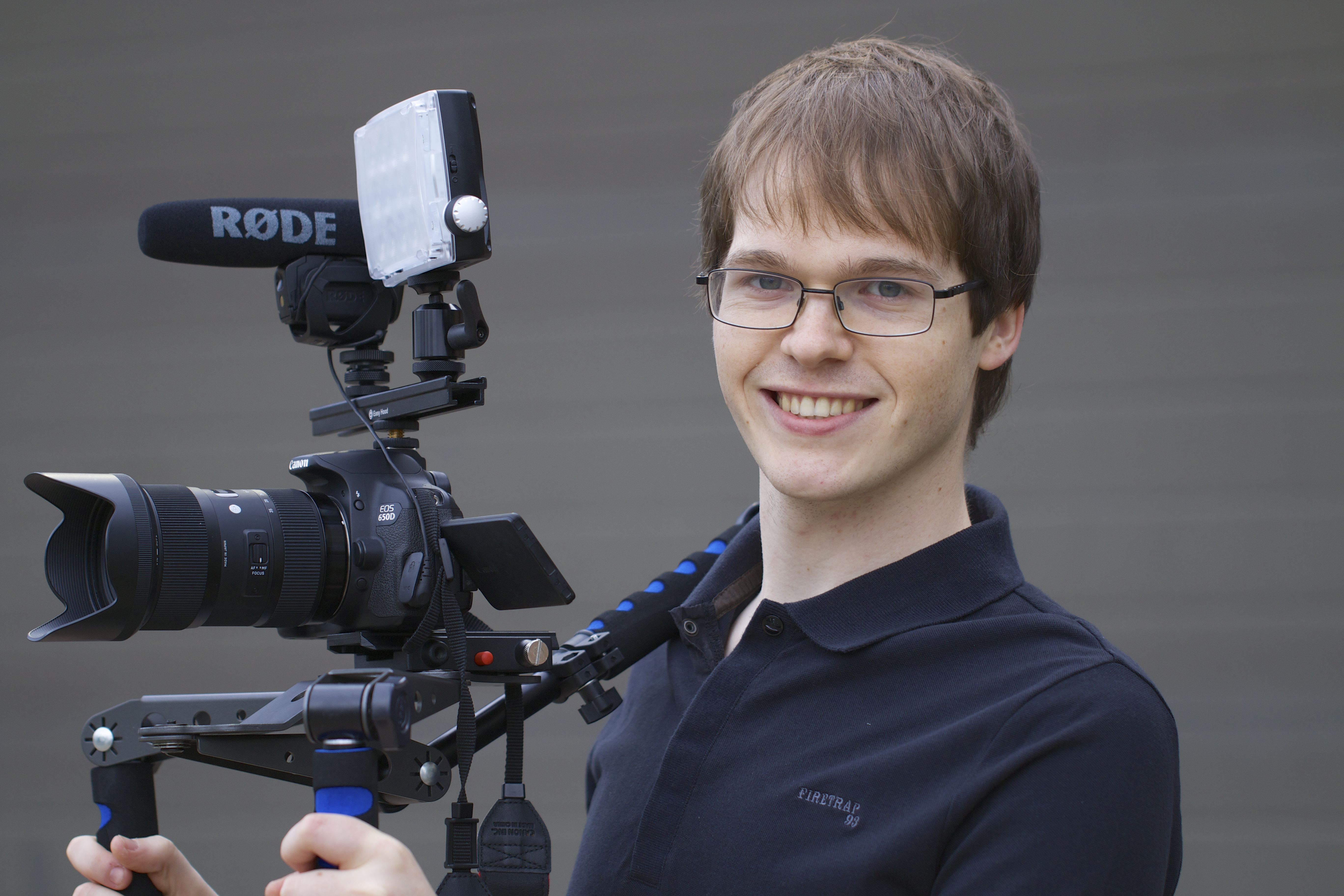ASK & DISCUSS
INDEXWhat term is used for pulling down 29.97 fps material to 25 fps?
9 years, 3 months ago - Will Davies
Hello, this is my first post here on Shooting People, having just joined for a few months now.
I've been self-studying the process of pulldown, otherwise known as converting the frame rate of one clip to another whilst keeping the same duration. The most common method I've come across is 2:3 pulldown, which is used to transfer film to NTSC.
If I'm right about this, transferring an NTSC project that was originally shot on film to PAL should be easy if the original film source can be traced (23.976/24fps sped up to 25), but what if you ONLY had an NTSC source to use, especially if it was only shot in 29.97 or 59.94? (US live broadcast shows like talk shows, sitcoms and sports events come to mind)
I tried exporting a 29.97 sequence from Premiere with each frame represented by a different coloured letter, and then converted that exported clip to 25fps with frame blending. Below is my analysis of the first 5 frames:
0=A,
1=BC
2=CD
3=DE
4=EF
5=G
Obviously this method gives quite a blurry result. What I'm wondering is if the term for converting 23.976 to 29.97 is called '2:3 pulldown', what is the term for converting 29.97 to 25?
Only members can post or respond to topics. LOGIN
Not a member of SP? JOIN or FIND OUT MORE
9 years, 3 months ago - Paddy Robinson-Griffin
Transcoding covers the whole range, so I'd just say I wanted the clip transcoding into PAL
That said, I'm pretty sure you don't. Your source is interlaced, PAL is interlaced, and it's unlikely in 2016 you'll actually want to finish to PAL, and any scaling introduces 'mice teeth' from an interlaced image.
What format are your actually finishing to? What transcoding software do you plan to use? Maybe try Sorenson Squeeze (30-day free trial) and first deinterlace (try Bob or blend), then resampling to an editing codec (eg DNxHD) at 720/25p at say 60/90Mbps. That'll be enough to retain as much of the original detail as still exists, then edit from there.
9 years, 3 months ago - Paddy Robinson-Griffin
BTW I'm so glad basically nobody uses those silly frame rates and interlacing any more. There are new problems for sure, MPEG artifacting is fugly, but at least now a digital projector will take 24, 25, 30 and even 50, 60fps natively now. 24fps was only ever a bodge, it's not an inherently worthy number. With dim (not completely blacked out) movie theatres, persistence of vision meant the illusion of movement could just about be maintained by showing 48 images per second, and practicalities meant showing 24 images twice each second was good enough. 48 distinct frames would have meant feeding film though at a yard a second (nearly a metre a second) which is just asking for trouble. Even 18" a second only worked most of the time, with notable failures!
9 years, 3 months ago - John Lubran
Wow! Being able to receive this sort of concidered expertise, on the button, is the sort of thing that makes Shooting People worth a subscription.
9 years, 3 months ago - Dan Selakovich
What John said! Thank you, Paddy. When I read the question I thought, "3:2 pulldown is still a thing? Man, I am completely lost in the digital world." I'm still lost, but maybe not as badly as I thought.
9 years, 3 months ago - Will Davies
Not sure if I made my original comments clear, but basically, say I was making a documentary for British TV that's restricted to 50fps only (based on 50hz). If I were using source clips that were 25fps, that would work fine as it's half the framerate (same if I did PAL speedup from 24fps to 25).
However, if I were to use clips that were only shot in 29.97fps (some YouTube videos come to mind- I know this having downloaded a couple, checking the framerate via metadata and analyzing each frame), I would either have to use the method as described in my original post, or something else.
I suppose this kind of process would be approached similarly by people in the states who'd want to convert 29.97fps footage to 24fps for the film look if the latter option wasn't available on their camera?
9 years, 3 months ago - Paddy Robinson-Griffin
John and Dan, thank you for your kind words!
Will - is this theoretical, or an actual problem? I'm concerned you're taking yourself down a rabbithole needlessly.
UK TV isn't 50fps, and never really was (it was 50 /fields/ but that's 25 interlaced frames). That was back whe TV's were dumb analogue boxes which had no local processing and just displayed what they were fed, so that necessitated shows to be encoded very specifically. Now it's all MPEG4 encoded, all sets support 1080/50p specifically to support 1080/50i and 1080/25p. IIRC, the FreeviewHD spec (DVB-T2) also supports 1080/60p, although I don't know if it's a requirement of D-Book 7 (current UK TV spec document). You can go VERY deeply into this.
'The film look' does not exist in a framerate - it's in the everything from script, composition, lighting, sound, cast, performance, production values, edit, vfx, music, grade, etc.
If it's a real-world problem, I've given you a suggestion on how to get on with things. If you must, go via 24fps then go from 24fps to 25fps with pitch correction and accept the 4% time change.
If it's out of interest, get researching DVB-T2 specs, learn how MPEG4 encoding works, and look at the current technologies. It's a whole suite of grief that's more or less gone away, and that's a good thing.
9 years, 3 months ago - Paddy Robinson-Griffin
DVB-T2 (Freeview HD)
http://www.etsi.org/deliver/etsi_en/302700_302799/302755/01.04.01_60/en_302755v010401p.pdf
9 years, 3 months ago - John Lubran
The issue of transcoding from NTSC to PAL or from interlaced to progressive used to be a common enough project at Moving Vision; our editors were able to this without too much loss. What I do recall is that PAL always converted to NTSC better than the other way round




